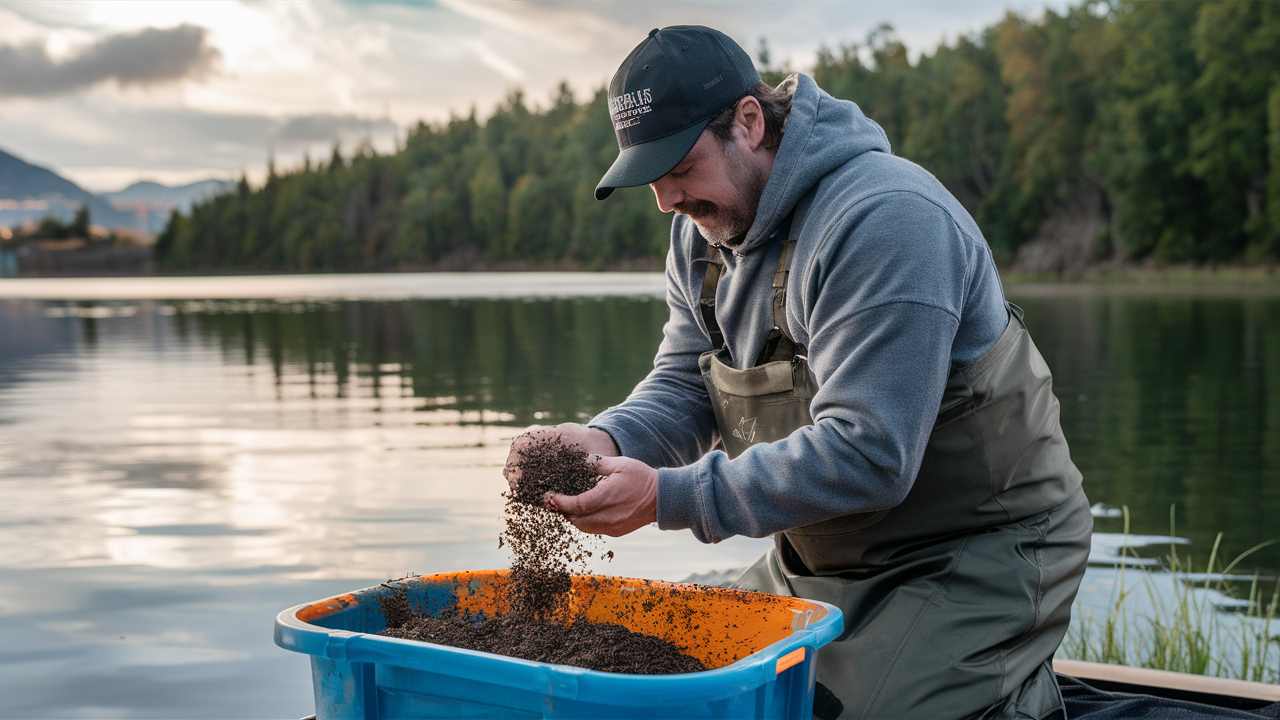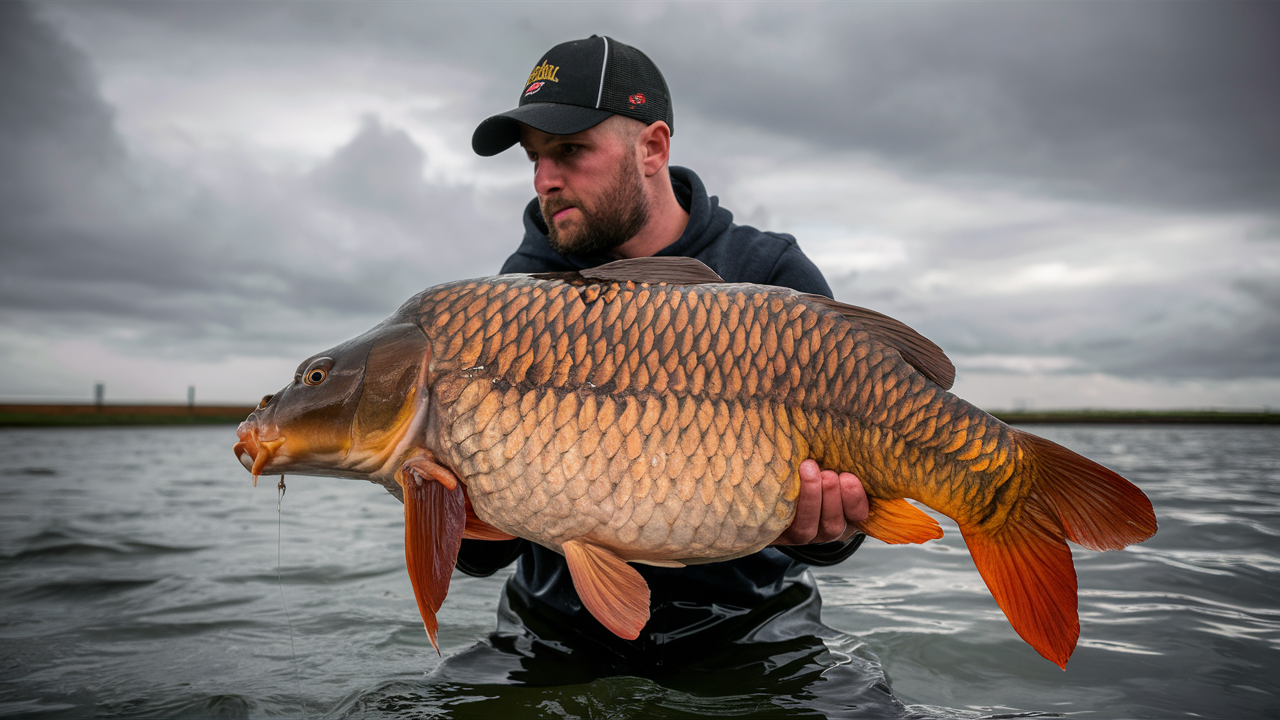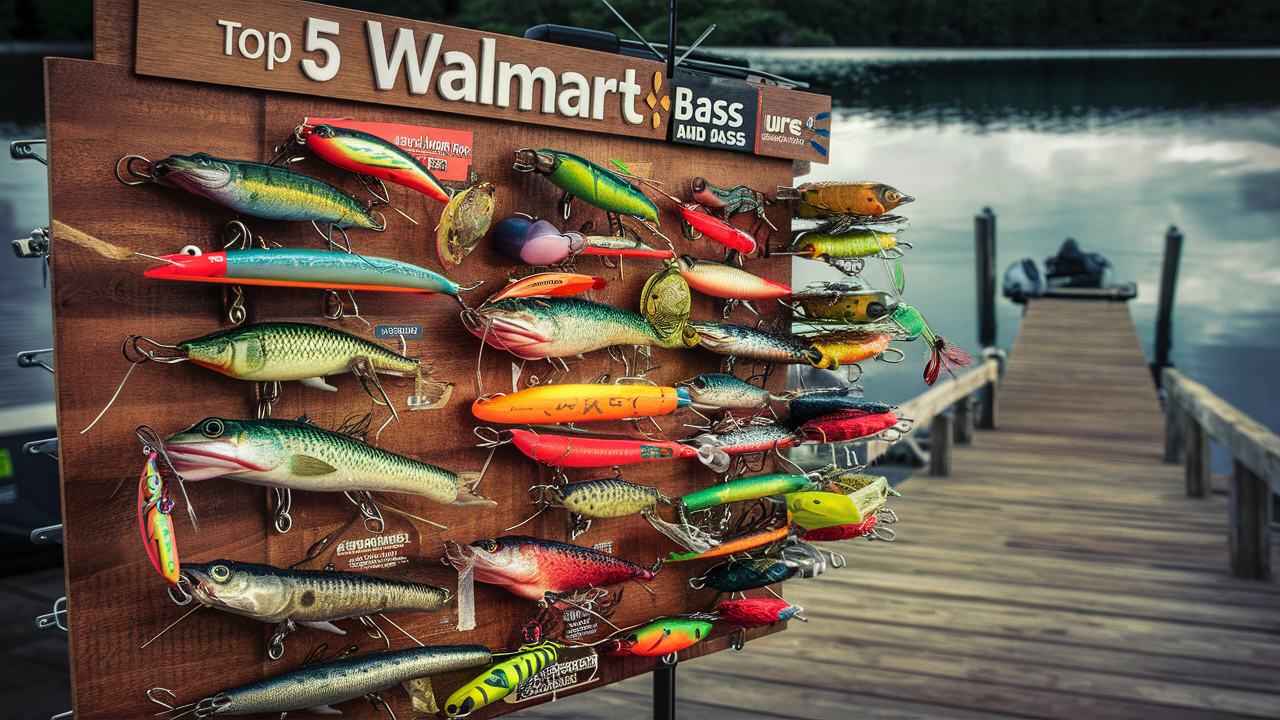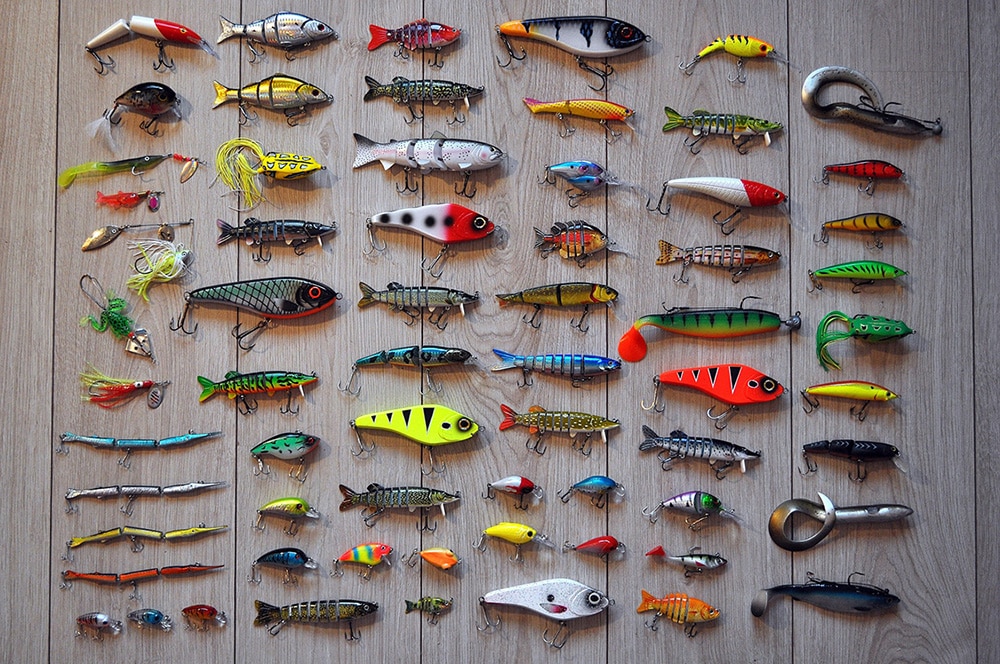
What Colors Attract Fish the Most?

5 min read
You know what drives me crazy? Standing knee-deep in my favorite fishing spot, watching my buddy reel in fish after fish while I’m getting nothing but nibbles. Last summer, this exact scenario played out until I noticed something interesting—his lures were bright chartreuse, mine were natural silver. That day changed everything I thought I knew about fish and color.
Here’s the thing: fish don’t see colors the same way we do, and understanding this can be the difference between going home empty-handed or bragging about your catch at the local tackle shop.
How Fish Actually See Colors (It’s Not What You Think)
Most fish have pretty decent color vision, actually better than we give them credit for. While we humans see three primary colors—red, green, and blue—many fish species can detect ultraviolet light too. Think of it like having super-vision that extends beyond what our eyes can process.
But here’s where it gets interesting. Water acts like a filter, and the deeper you go, the more certain colors disappear. Red light gets absorbed first, usually within the first 10-15 feet. That’s why that beautiful red lure looks black or gray to a fish hanging out 20 feet down. Orange follows next, then yellow, and so on.
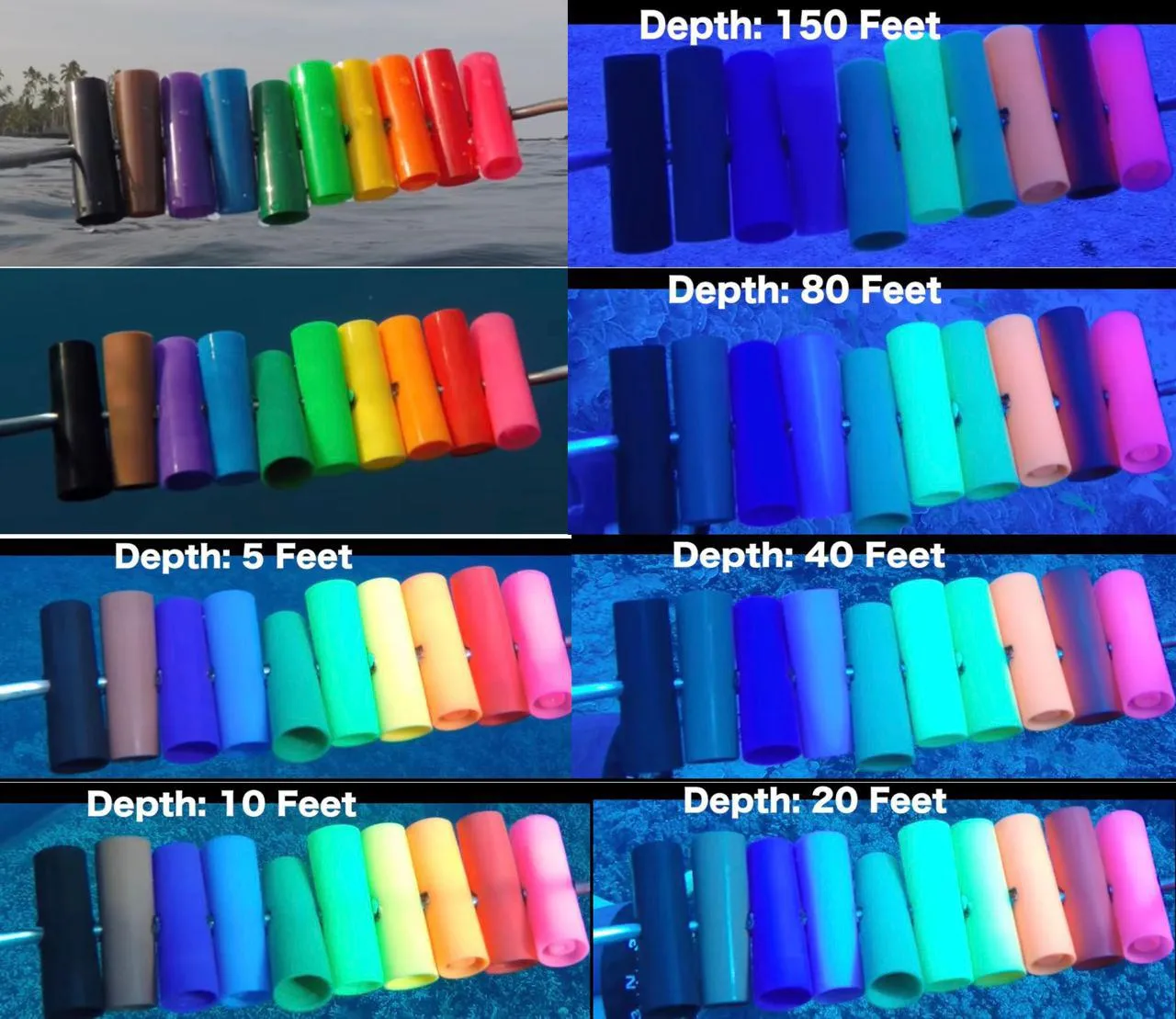
The Champion Colors That Actually Work
Let me tell you about the colors that consistently put fish in the boat, backed by both science and countless hours on the water.
Chartreuse and Bright Yellow These colors are absolute workhorses. Chartreuse—that electric yellow-green that looks almost artificial—stays visible even in murky water. I’ve had days where nothing else worked, but switching to a chartreuse spinnerbait turned everything around. Yellow works similarly, especially in stained water where visibility drops.
White and Silver Classic for a reason. These colors mimic baitfish perfectly and work in almost any condition. Silver reflects available light, making it stand out even when natural colors fade. White’s got this versatility that’s hard to beat—it looks like a wounded baitfish, which triggers that predatory instinct.
Hot Pink and Orange Don’t laugh—these “unnatural” colors are fish magnets. Pink particularly shines (pun intended) in deeper water where other colors lose their punch. Orange works great in murky conditions and low-light situations.
Water Conditions Change Everything
Crystal clear water calls for a completely different approach than the chocolate milk conditions you might find after heavy rain. In clear water, natural colors rule. Think realistic baitfish patterns, subtle blues and greens, maybe some silver flash. Fish in clear water are spookier and more selective.
Muddy or stained water? That’s when you break out the highlighter colors. Bright chartreuse, hot pink, orange—anything that screams “notice me!” The fish literally can’t see subtle colors in these conditions, so subtlety goes out the window.
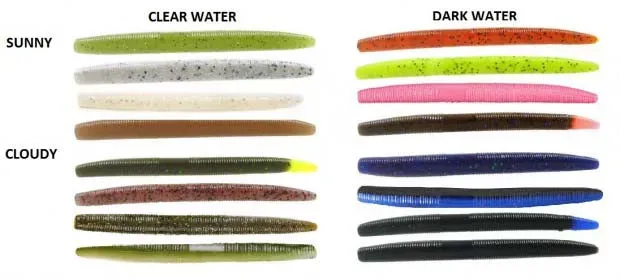
Time of Day Makes or Breaks Your Color Choice
Early morning and late evening present unique challenges. During these low-light periods, fish rely more on silhouette and contrast than specific colors. Dark colors like black, purple, or dark blue create strong silhouettes against the lighter sky above.
Honestly, I’ve caught more bass on black spinnerbaits during dawn than any other color combination. There’s something about that stark contrast that triggers strikes when visibility drops.
Midday bright sunshine? That’s when metallics and bright colors really shine. The extra light penetration lets fish see colors better, and reflective finishes become deadly effective.
Species-Specific Color Preferences (Yes, Fish Have Favorites)
Bass seem to have a thing for red and chartreuse, especially during spawning season. I’ve watched bass ignore perfectly good lures only to hammer something with red accents. Walleye, on the other hand, prefer more subtle approaches—chartreuse and white combinations work well, but they’re not as aggressive about bright colors as bass.
Trout can be picky. In clear mountain streams, natural colors dominate, but in stocked ponds, they’ll often hit bright attractor patterns. Northern pike? They’re not subtle fish, and bright, flashy colors usually get their attention.
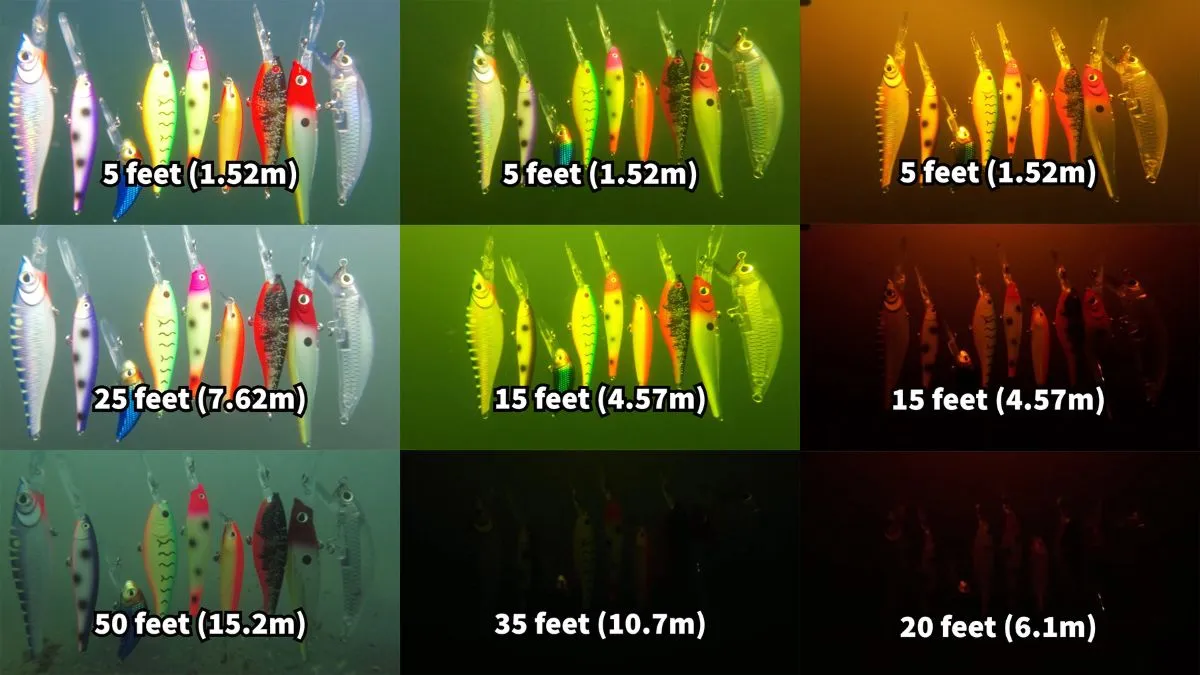
The Science Behind Fish Vision (Without Getting Too Nerdy)
Fish eyes are positioned differently than ours, giving them nearly 360-degree vision. This means they’re constantly scanning for food, predators, and anything unusual. Colors that contrast sharply with their environment naturally grab attention.
Many fish species have something called polarized vision, which helps them see through water surface glare. This is why certain metallic finishes work so well—they interact with polarized light in ways that really stand out to fish.
Practical Tips for Your Tackle Box
Keep it simple but strategic. I recommend having these color categories covered: bright attractors (chartreuse, hot pink), natural baitfish patterns (silver, white, blue), and dark silhouette colors (black, purple). This covers most situations you’ll encounter.
Don’t get caught up in having fifty different shades. A few proven colors in various presentations will outfish a tackle box full of every color imaginable. Focus on the conditions you fish most often and build from there.
When to Break the Rules
Sometimes fish want exactly what logic says they shouldn’t. I’ve caught fish on bright red lures in 30 feet of water where red “shouldn’t” be visible. Fish behavior isn’t always predictable, and that’s part of what makes fishing interesting.
The key is staying flexible. Start with what should work based on conditions, but don’t be afraid to try something completely different if the fish aren’t cooperating.
Understanding fish vision and color preference gives you a significant advantage, but remember—presentation and technique still matter more than having the “perfect” color. A well-presented lure in the wrong color will usually outfish a poorly presented lure in the perfect color.
The next time you’re struggling to get bites, take a hard look at your color choices. Sometimes the difference between a slow day and a memorable fishing trip is as simple as switching from silver to chartreuse.
